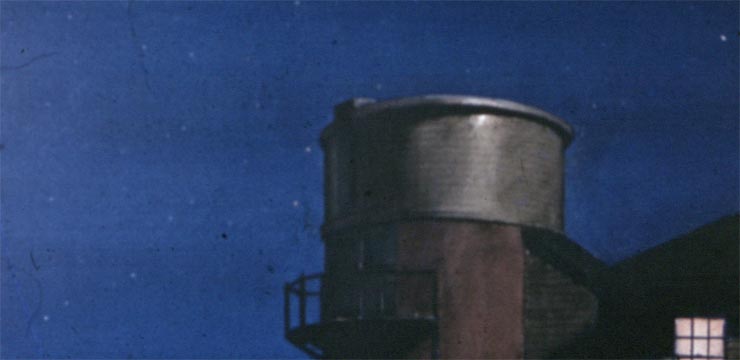
2014 Season Opener & Mars Viewing
by Matt White
After a bit of uncertainty, the decision was made to open Seagrave Observatory for the scheduled public night, marking the beginning of the 2014 season. Bob Horton, Jim Hendrickson, and I arrived just before 8:00 pm to find about three or four cars waiting to get in.
While Bob switched on the ground lights, Jim and I proceeded to open the Alvan Clark. Unlike last year, the grease for the dome was pliable and we had no trouble turning the dome to acquire our first object of the season, M-42, The Great Orion Nebula. This vast stellar nursery has an apparent magnitude of 4.0 and is 1344 light years distant. It is one of the easiest deep sky objects to locate and can be observed with a pair of binoculars or a small telescope.
A while later, we moved the scope over to Jupiter and with the great seeing, everyone was treated to an exceptional view of our Solar system’s largest planet. The Great Red Spot was very clearly visible along with the atmospheric banding. The views varied from good to excellent.
After everyone had seen Jupiter, Jim turned to scope over to M-79 located in the constellation of Lepus. This dim object can be located by using the stars Arneb and Nihal as a guide. The three objects form a line with Nihal almost dead center. M-79 is a globular cluster which is 41,000 lights years distant. At an apparent magnitude of 8.56, it can be seen through a small scope however, I wasn’t able to see it in the finder scope.
As we were observing these other objects, Mars was slowly rising out of the trees. When it was high enough to see through the branches, I trained the Clark over to the Red Planet. This would be my first view of Mars through a telescope in almost forty years. Although the seeing had softened up considerably, I was able to make out one of the polar caps. As Mars heads towards opposition later this month, the viewing should only get better.
Before we closed for the evening, Jim navigated the scope over to M-104, the Sombrero Galaxy. This unbarred spiral galaxy is recognized by the prominent dust band along its rim. At magnitude 9, it can be seen through even a small telescope. The galaxy lies some 29.3 million light years away.
This was the same weekend we opened last year and we counted about ten to fifteen members and guests who joined us for an evening observing the cosmos.
Submitted by,
Matt White



